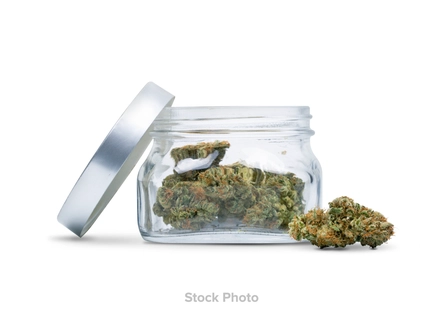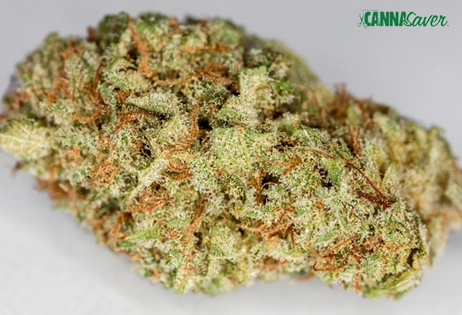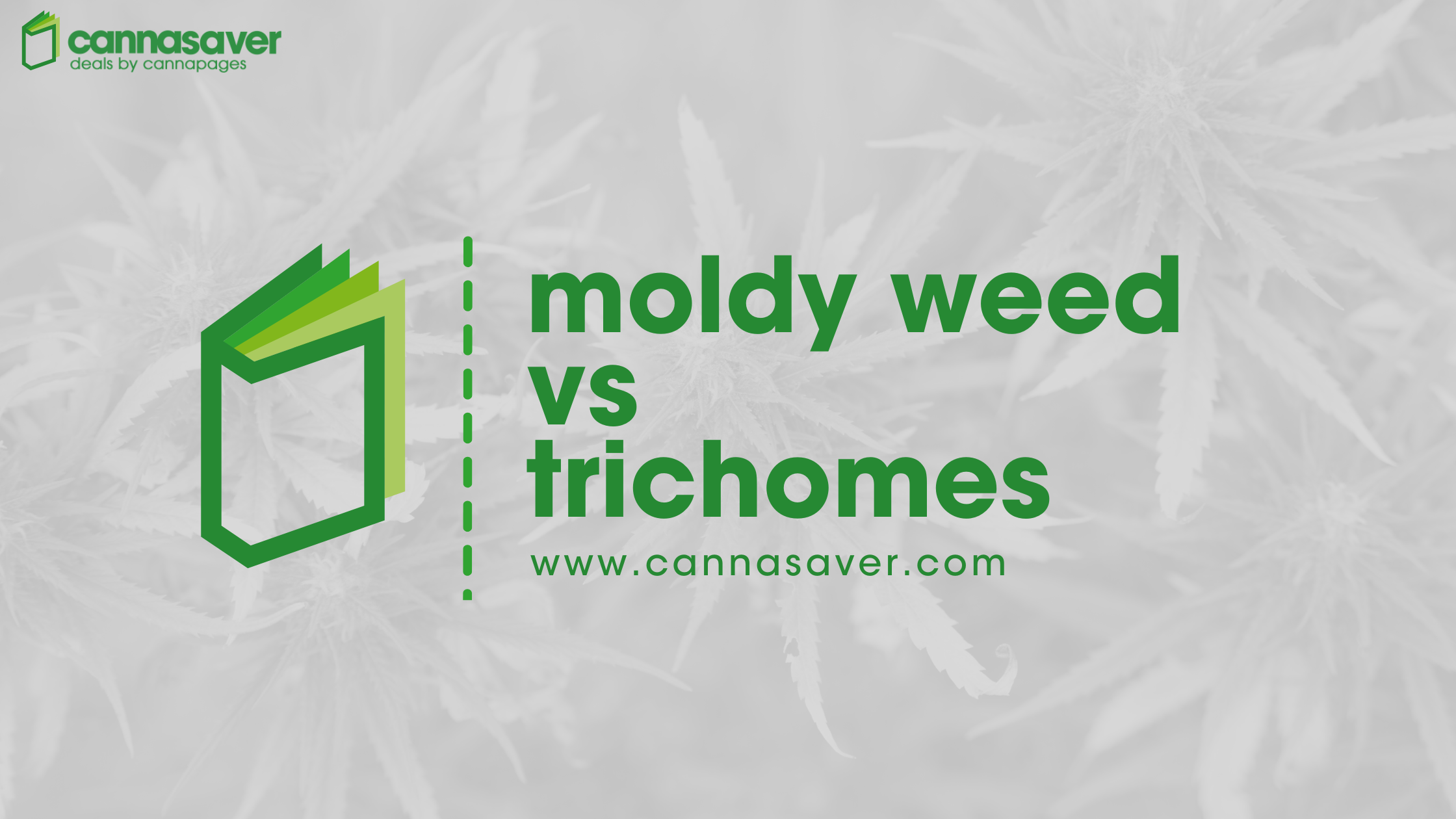
So you've been eyeing that fat nug of weed, and it's looking too good to pass up! But wait a second—how long has that been sitting there? Could the bud be moldy?
Keeping moldy weed out of your cannabis stash is no joke. Seeing mold on your cannabis is a total buzzkill. But moldy weed isn't always easy to detect the way it is with things like bread or cheese.
Luckily, moldy weed isn't hard to spot if you know what to look for.
Remember, you want trichomes. Trichomes are the crystals that give marijuana its unique aroma. They are also translucent/light yellow, have a snowflake-like appearance, and appear sparkly under a magnifying glass.
In contrast, mold often appears as white or grey spots on the buds and leaves an unmistakable musty odor - yuck! Mold itself is usually white or light green and clusters together with a fuzzy look.
If your cannabis has mold on it, don’t smoke it!
You would think mold stands out easily against the colorful glare of trichomes that cannabis buds are covered in, but mold can oftentimes disguise itself as just another part of the nug.
So, what are trichomes? What causes moldy weed? How can moldy weed be prevented?
Let’s look…
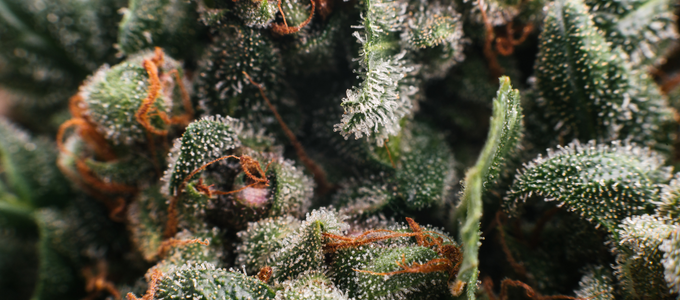
Have you ever noticed the little shiny amber crystals that cover your buds?
These little guys are trichomes, making them one of the most important structures on cannabis plants. When it comes to cannabis, trichomes are the stuff of legends!
Named after the Greek word for “growth of hair”, trichomes are shiny, sticky crystals that form on cannabis flower. These trichomes are responsible for producing the plant's therapeutic and psychoactive effects
Not only do they help create the notorious cannabinoids we've come to know and love, but they also protect the plant from herbivores, pests, and UV rays.
Cannabis users know that moldy weed is to be avoided at all costs.
Mold is a fungus that can affect both indoor and outdoor cannabis crops in various environments and conditions.
Several factors can increase the risk of mold growth on cannabis:
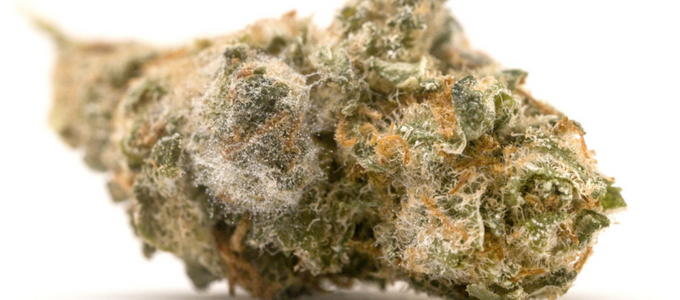
At their absolute best, quality buds will shine with trichomes. However, mold is not shiny and can take on a range of appearances.
Moldy cannabis usually has a grayish-white coating. White powder, dark fuzzy chunks, or black indicate mold.
Mold also has a kind of foul odor to it. Mold has a musty smell to it. Often referred to as a wet hay smell. Moldy weed can also have a mildewy smell.
If you are not immediately alerted to the mold by look or by smell, you may be able to spot it by taste.
Well, quite simply, it tastes like mold. Not an inviting taste.
So you can smoke moldy weed? Let’s just say you can, but I wouldn’t.
Though smoking moldy weed most likely won't kill you, it doesn’t produce amazing results worth going through such as extreme coughing, vomiting, or nausea.
In some cases, if you are allergic to mold, you could wind up with irritation of your sinuses/lungs and experience symptoms of wheezing, sinus pain, congestion, and/or drainage.
The two most common mold types on marijuana include:
Bud rot can lead to health issues such as lung damage.
Inhaling aspergillus can cause infection, aspergilloma (ranging from cough to severe fatigue to bleeding airway), and even invasive pulmonary aspergillosis, which can be fatal if not treated properly.
There are a few ways to tell the difference, when you take a closer look...
Taking a good eyeballing of your weed will be the easiest way to determine whether your cannabis is moldy.
When the cannabis is at its prime, the bud should be shrouded in spindly, sparkling trichomes.
Mold can appear to look like cobwebs left in the bud; having a cotton-like webbing of gray or white color.
The plant’s terpenes give it the particular fragrance it maintains throughout its lifetime. Cannabis strains have a wide range of scents, including pepper, spice, citrus, fruit, or pine.
Research the strain you are buying to check whether it has the 'right' smell.
Ideally, you will actually want to determine whether your weed is moldy before doing a taste test.
Great quality cannabis offers a smooth and easy-going vibe whereas moldy marijuana tastes incredibly harsh to the lungs leaving you with a cough fit which sometimes can last a while.
Cannabis consumers can use low-powered microscopes to check for mold (which tend to be cheap online).
Additionally, Black lights can assist with uncovering mold spores in your bud. Most mold shines a creepy green when illuminated by a dark light, making the mold much more straightforward to recognize.
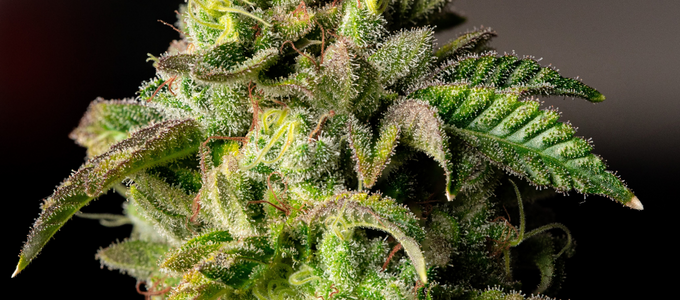
Here are a few ways to make sure you don't get moldy weed...
Glass containers with a water/air proof seal are the best approach if you have any desire to keep your cannabis mold-free.
Glass Mason jars and comparable glass jars assist with restricting your cannabis’ exposure to oxygen and dampness.
The temperatures are way too low, and the open exposure to damp conditions can bring about mold.
The best temperature to store marijuana is 77°F.
Marijuana is best kept at a general humidity level of 59-6%. Any higher and you risk catching too much dampness and developing mold.
Adding a Humidity pack to your cannabis container can definitely help. They are pretty cheap and last several months.
Cannasaver partners with some of the best reviewed dispensaries all around the country. These dispensaries pay extra attention to their cannabis to ensure you will absolutely NEVER be sold any kind of moldy weed.
You'll always save money with CannaSaver Deals On Flower.
Pure Marijuana Dispensary
Deals Include:
Herbs4you
Deals Include:
Rocky Mountain High
Deals Include:
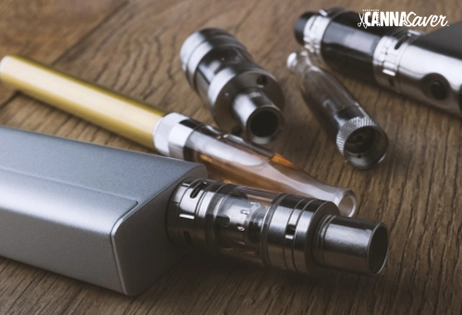

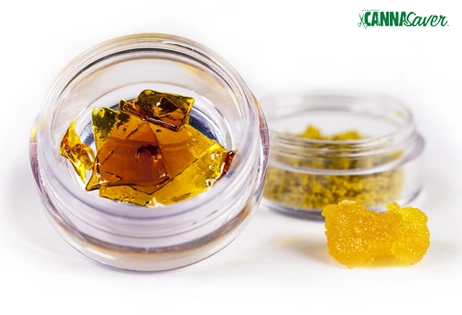





![(0.11g) Blueberry Lemonade Pearl Gummies [1:3 THC:CBG] 2pk 20mg | 1 Day | 946207 (0.11g) Blueberry Lemonade Pearl Gummies [1:3 THC:CBG] 2pk 20mg | 1 Day | 946207](/rails/active_storage/representations/proxy/eyJfcmFpbHMiOnsiZGF0YSI6MzI0NDk4LCJwdXIiOiJibG9iX2lkIn19--21a42f6fdb7a5d31ac07819d3bf9b8f6abebb446/eyJfcmFpbHMiOnsiZGF0YSI6eyJmb3JtYXQiOiJwbmciLCJyZXNpemUiOiI0NjIgeCAzMTUiLCJjb252ZXJ0Ijoid2VicCJ9LCJwdXIiOiJ2YXJpYXRpb24ifX0=--d7c54d32abcb6ca24ad06932a0e70673da4d7d48/products_missing_image_cs.png)
